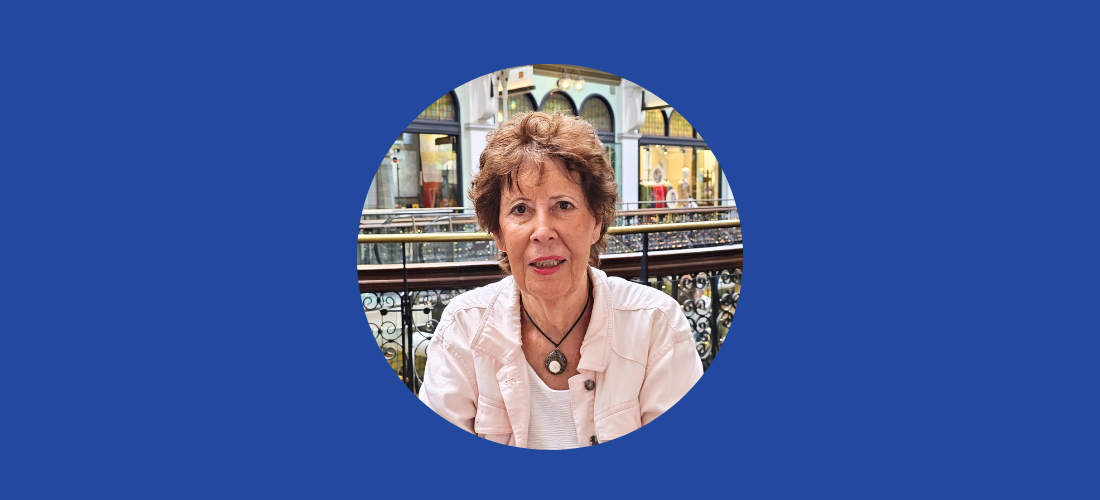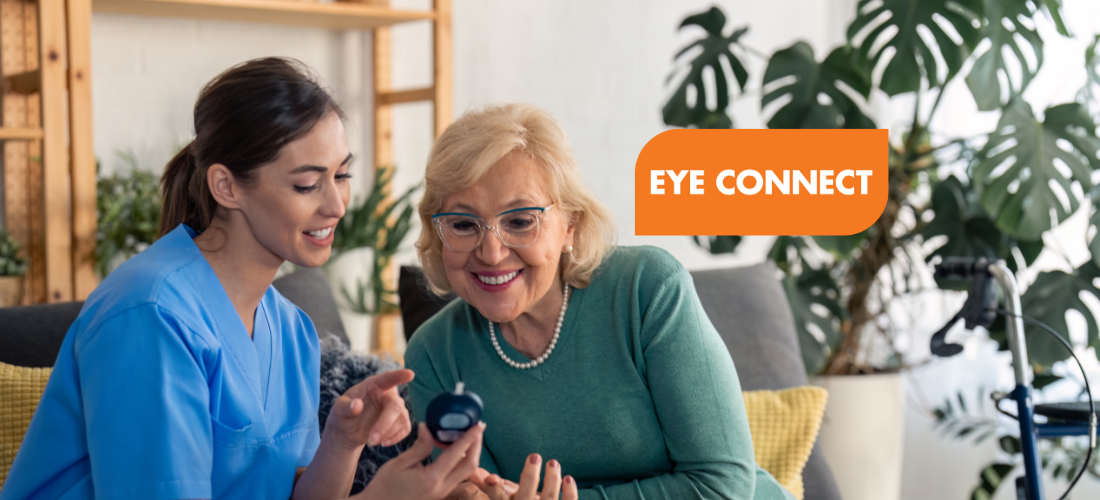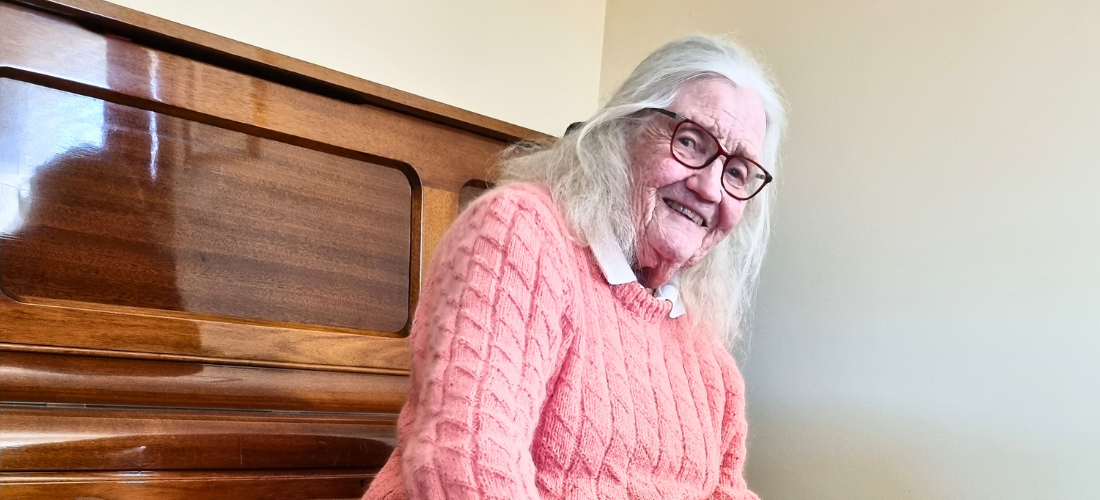What is Charles Bonnet Syndrome?
Charles Bonnet syndrome describes the situation where mentally healthy people who’ve lost their vision experience vivid phantom images. Scot Muirden – founder of the Charles Bonnet Syndrome Foundation – joined MDFA’s webinar series to help remove the stigma around the condition.
Research shows that many people with significant vision loss experience phantom images.
But according to Scot, not many of them want to talk about it.
“It’s a subject that precious few want to discuss, even though it’s probably one of the most common eye health conditions that almost no one’s ever heard of. And in the field of eye health care, this issue remains the elephant in the room,” Scot told a recent MDFA webinar.
“You wonder is this the start of dementia? Is there something wrong with my brain itself? Is there maybe a tumour? Do I have a mental illness? Am I going to end up in institutional care? Am I going to lose my independence? And will I be shamed or ridiculed if I open up to others? The fundamental thing they’ll ask themselves is ‘First I lost my vision – am I now losing my mind?’
“We need to start talking about it, because at the moment there’s a lot of mystery surrounding it.
“There’s a lot of misunderstandings, there’s silence and suffering that currently plagues thousands upon thousands of vision-impaired people… so let’s begin the journey.”
Watch the webinar
What are phantom images?
People who live with Charles Bonnet syndrome, or CBS, can experience a wide variety of phantom images, such as coloured or black-and-white shapes and patterns, people and animals, plants and landscapes, and other objects that fit into their surroundings.
CBS typically affects people who have lost significant vision later in life. The simplest explanation for these phantom images is that when vision is lost, the brain is not receiving as many pictures, and new fantasy pictures or old pictures stored in the brain are released and experienced as though they were real. These images are more common when there’s not much happening, like when you’re lying in your bed at night or sitting in a quiet room.
These phantom images are sometimes incorrectly labelled hallucinations, which refers to sensory experiences that the recipient believes to be real. On the other hand, people experiencing CBS are aware that the things they see are not real.
“Invariably hallucination is associated with mental illness so that is why we prefer to use less stigmatising language and we want to use a word that’s friendlier – more neutral – so we use phantom images,” Scot explained.
Also note that Charles Bonnet syndrome does not affect any other senses such as hearing, smell or taste – only vision.
What do the phantom images look like?
There are two main kinds of phantom images that people see: repetitive patterns like tiles, lines or fences, and more complex pictures of people, animals, places or even full landscapes.
The images may appear in vivid colour or black and white, realistic or fantastical, and moving or stationary. They might fit into your surroundings or create a whole scene.
Scot provided some examples in his webinar, such as brickwork, a butterfly on someone’s shoulder, and an unusual figure appearing in the bathroom.
“If you can imagine going through those types of experiences, you might start to ask yourself the question: what on earth is happening to me?” Scot said.
“And the problem is that [Charles Bonnet syndrome] is not very well known, not only in popular culture – it’s not discussed in the media – but even more within the medical and health care sectors, the awareness of the syndrome seems to be quite low.”
The Charles Bonnet Syndrome Foundation aims to raise awareness of the condition and assure people with significant vision loss that any phantom images are not a sign of mental illness or any other disease.
Generally, the images aren’t scary and won’t affect your everyday life. The best way to deal with CBS is to understand the condition and maximise your remaining vision with the help of a low-vision service provider.
You can also try to stop the images by changing your surroundings or distracting your brain by doing something else, or interrupting your eyes by blinking or moving them from side to side.
If a loved one experiences phantom images, reassure them that CBS is caused by vision loss and is not a mental health problem
All of MDFA’s online education sessions are free to attend.

















